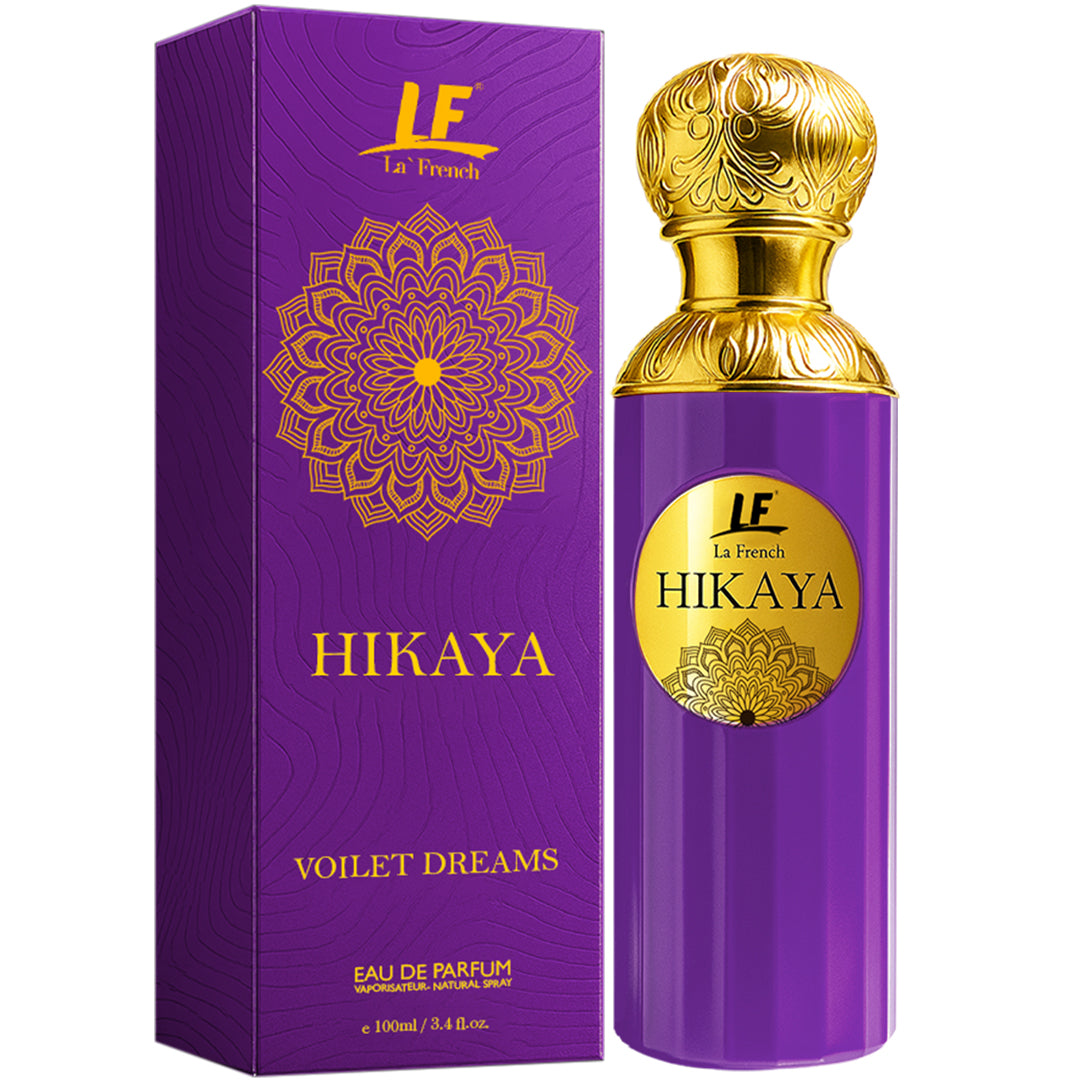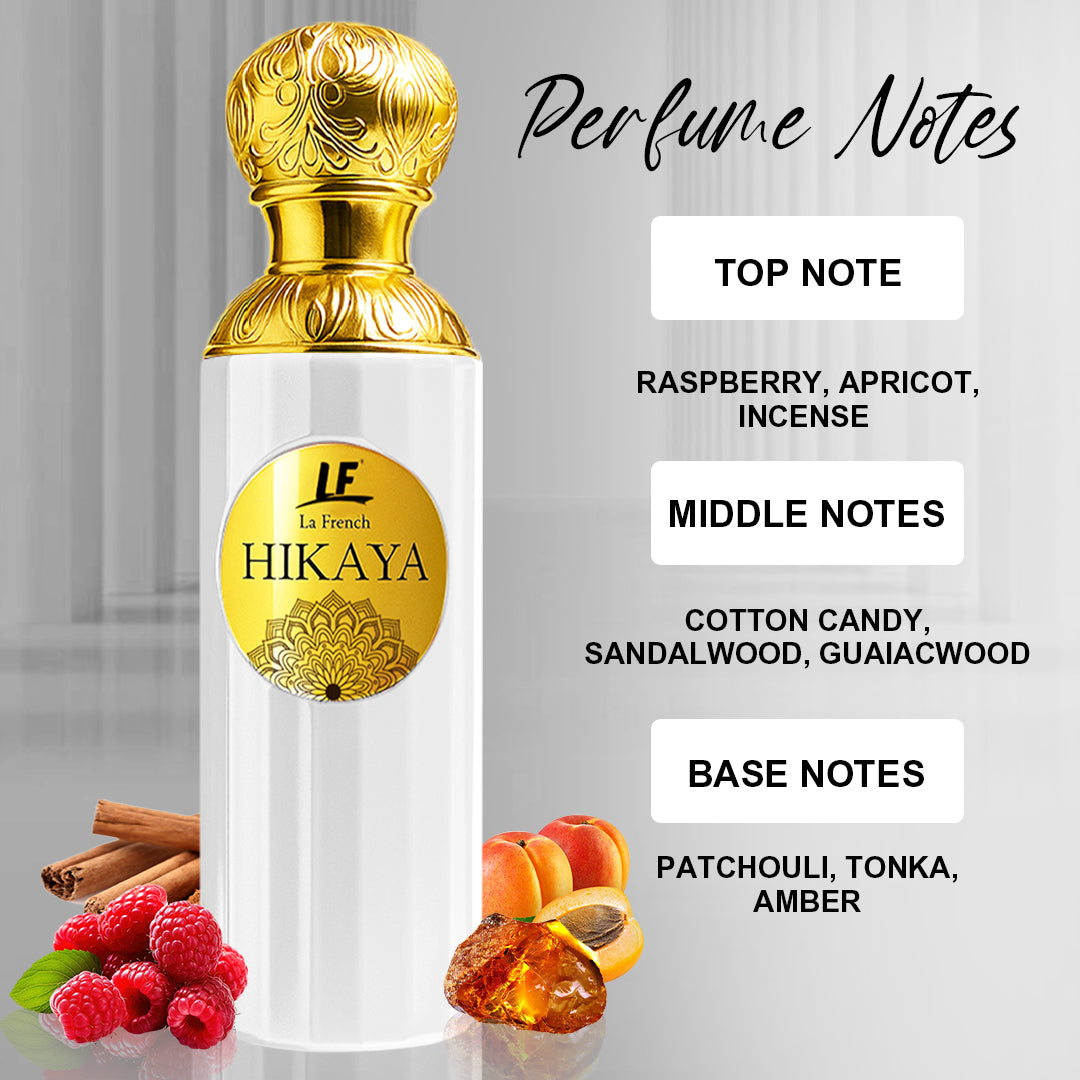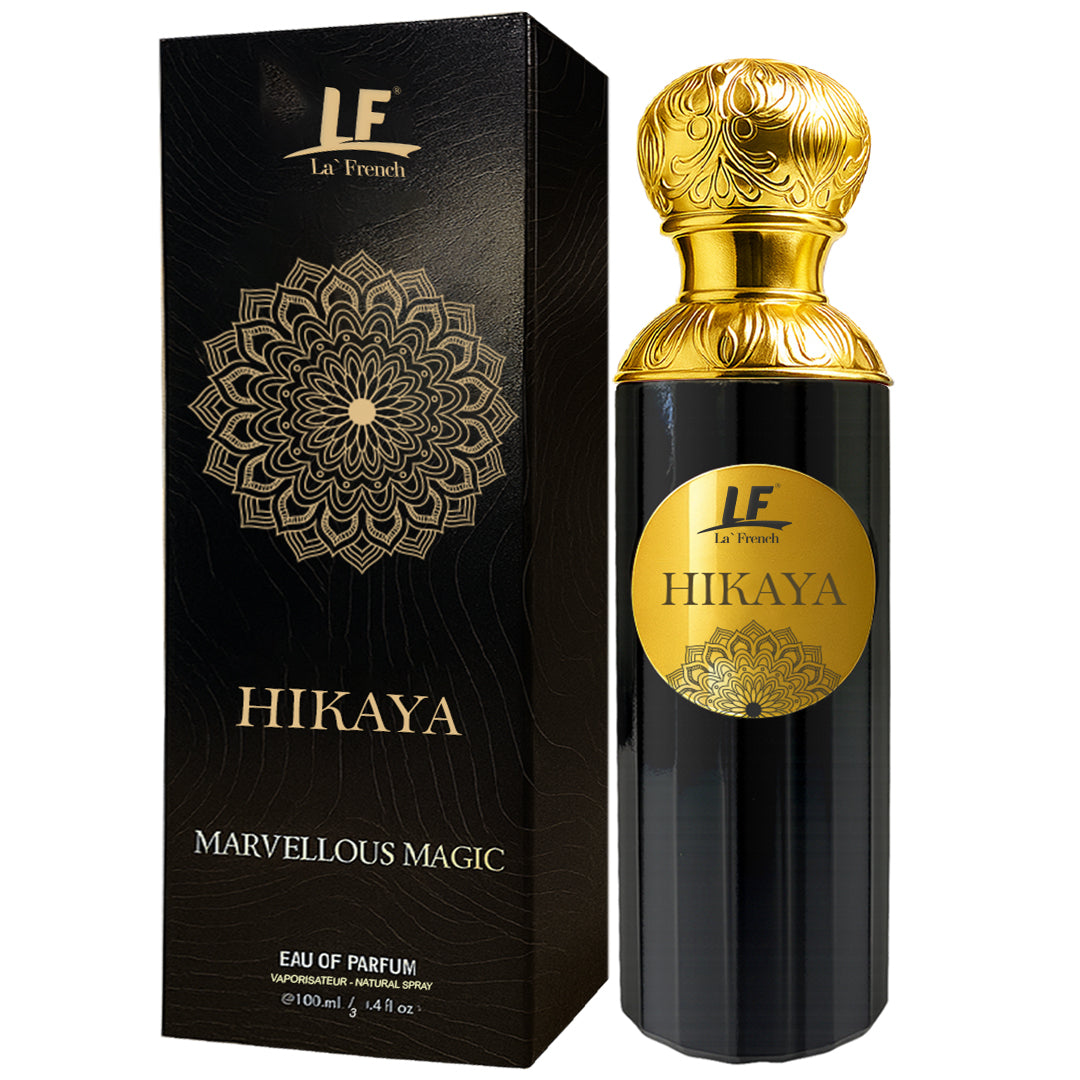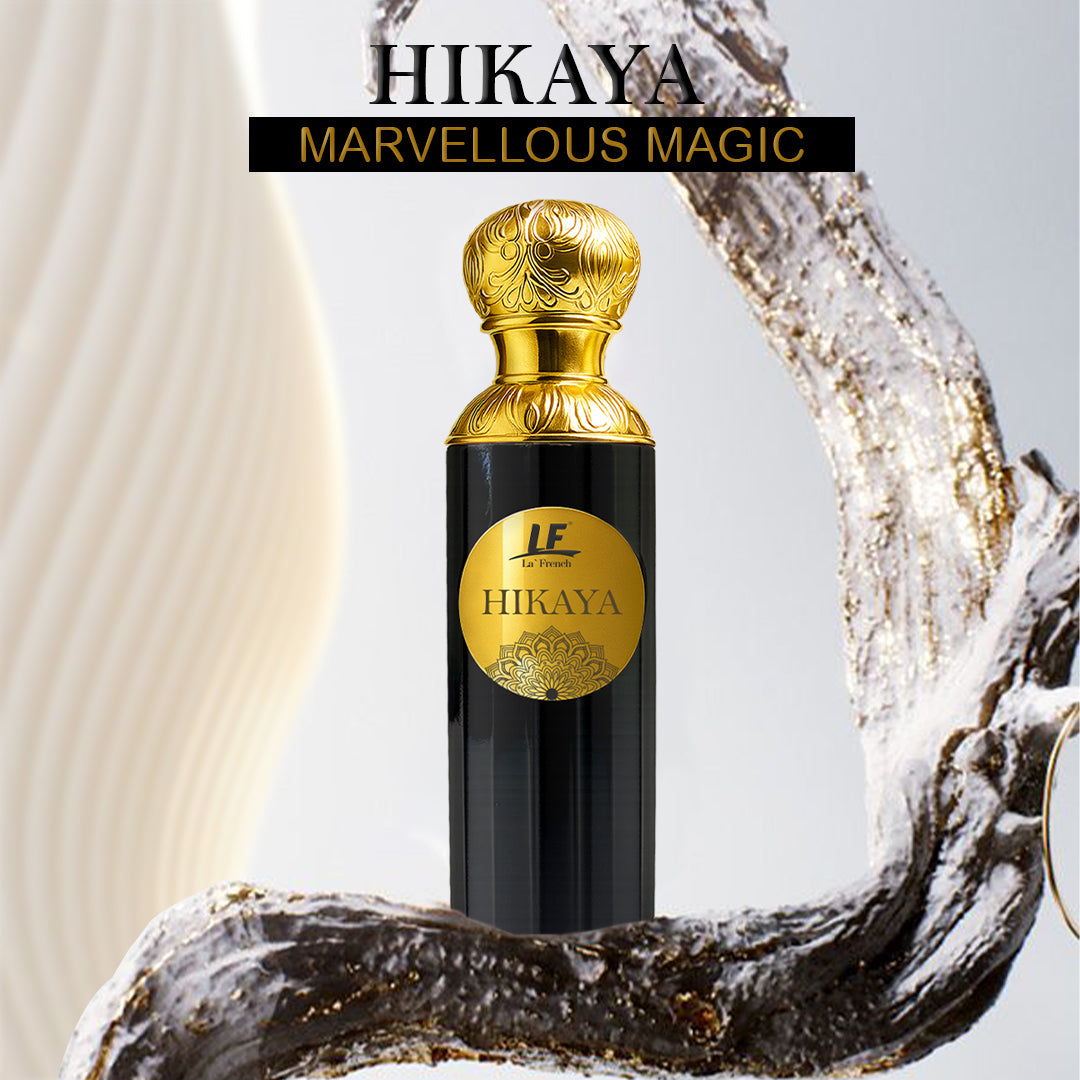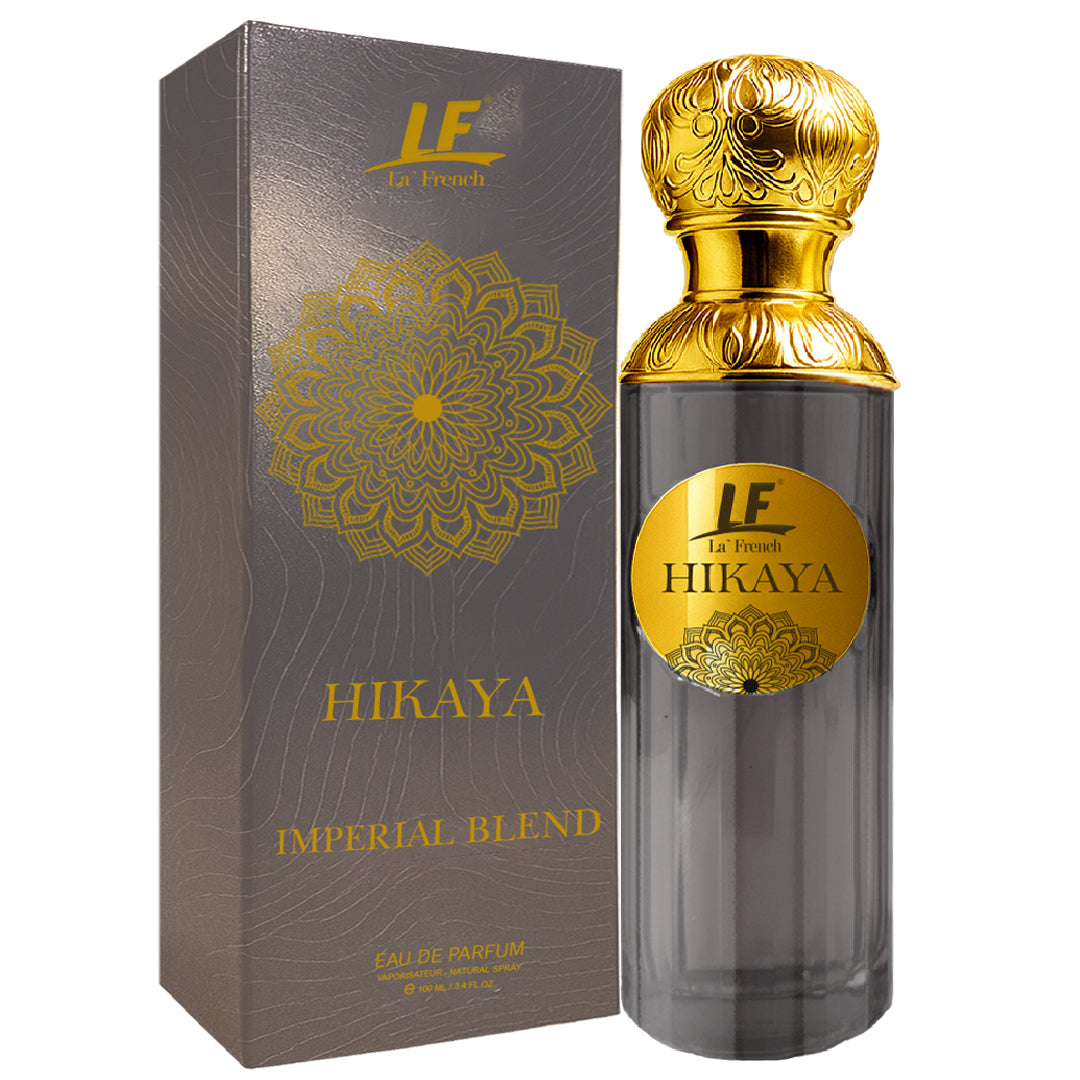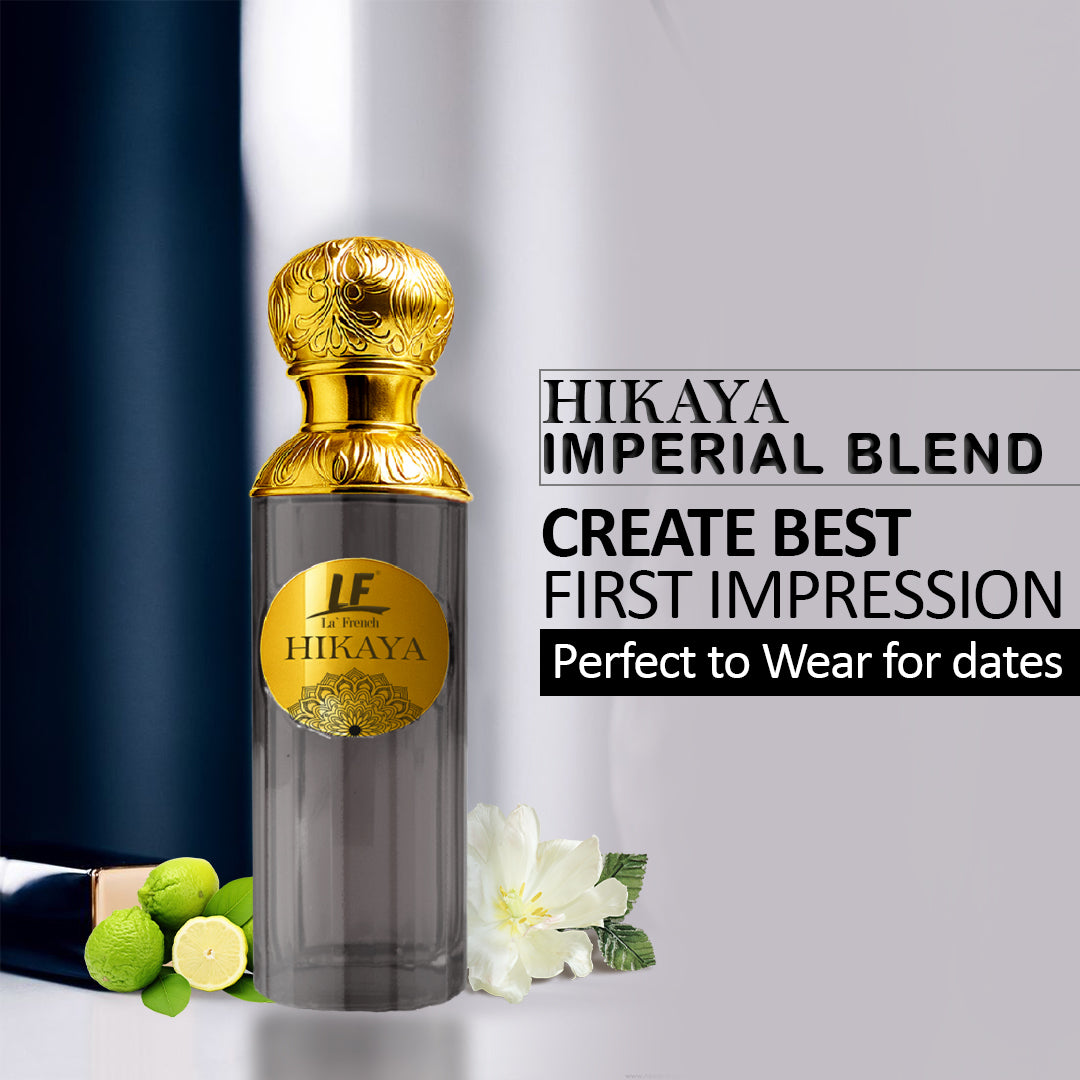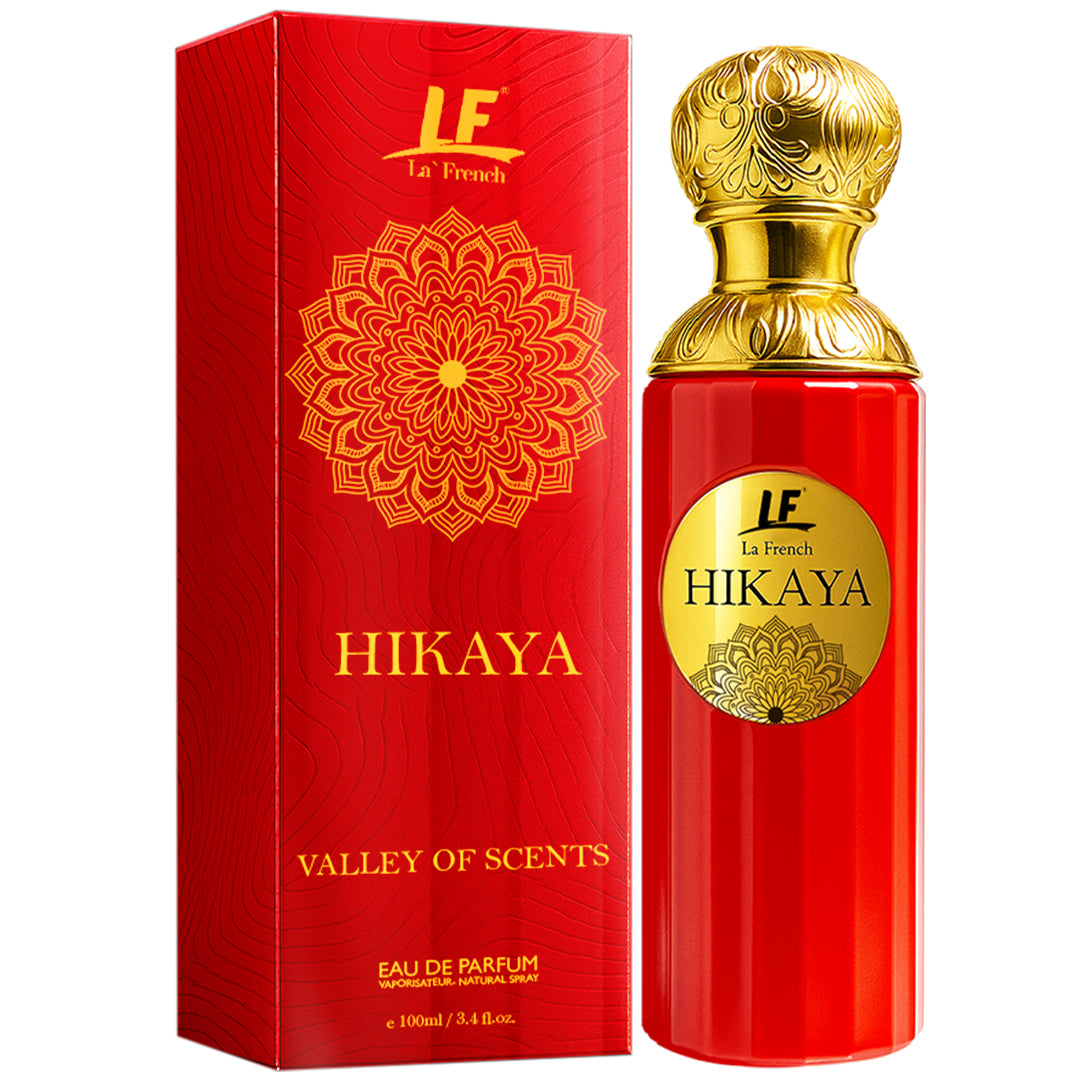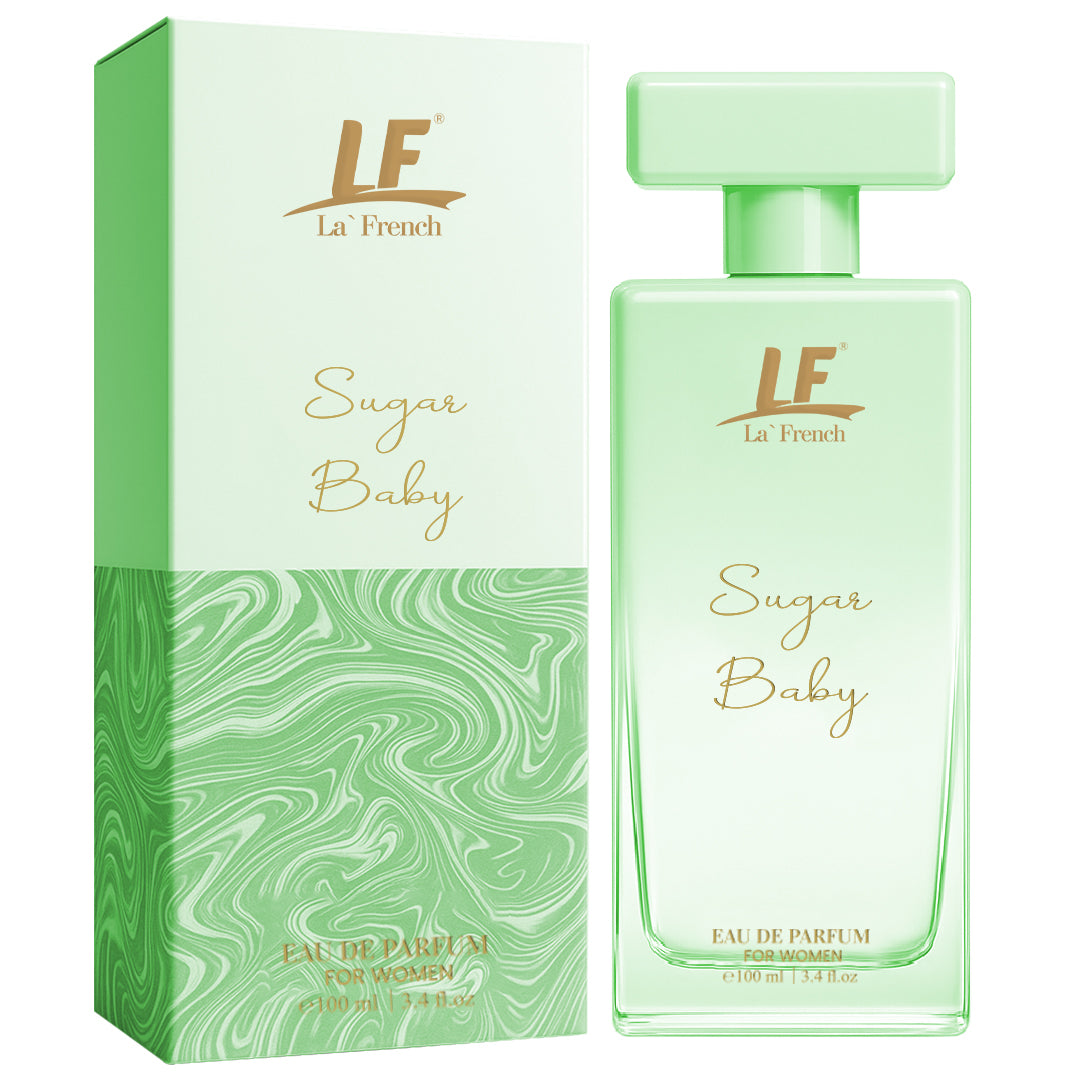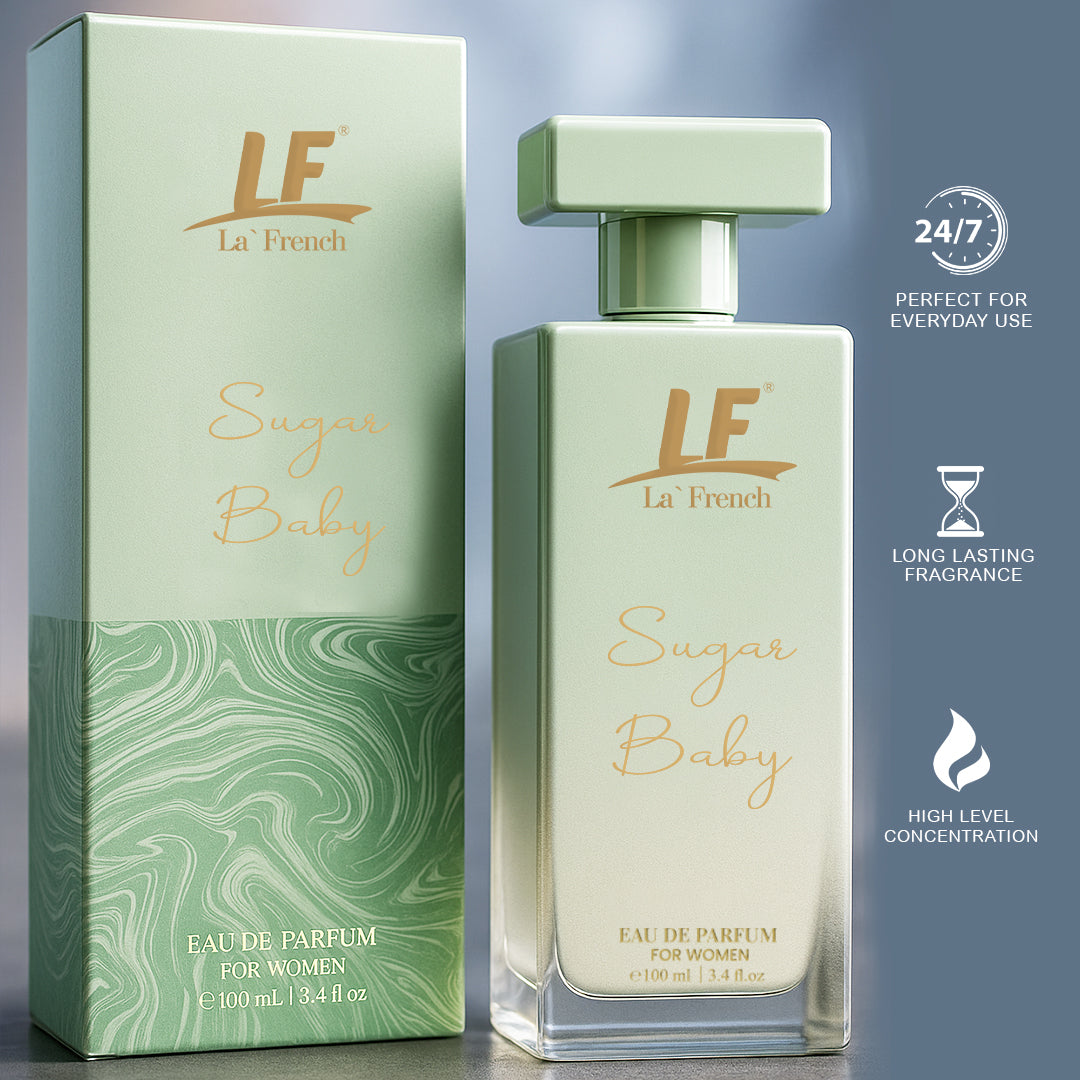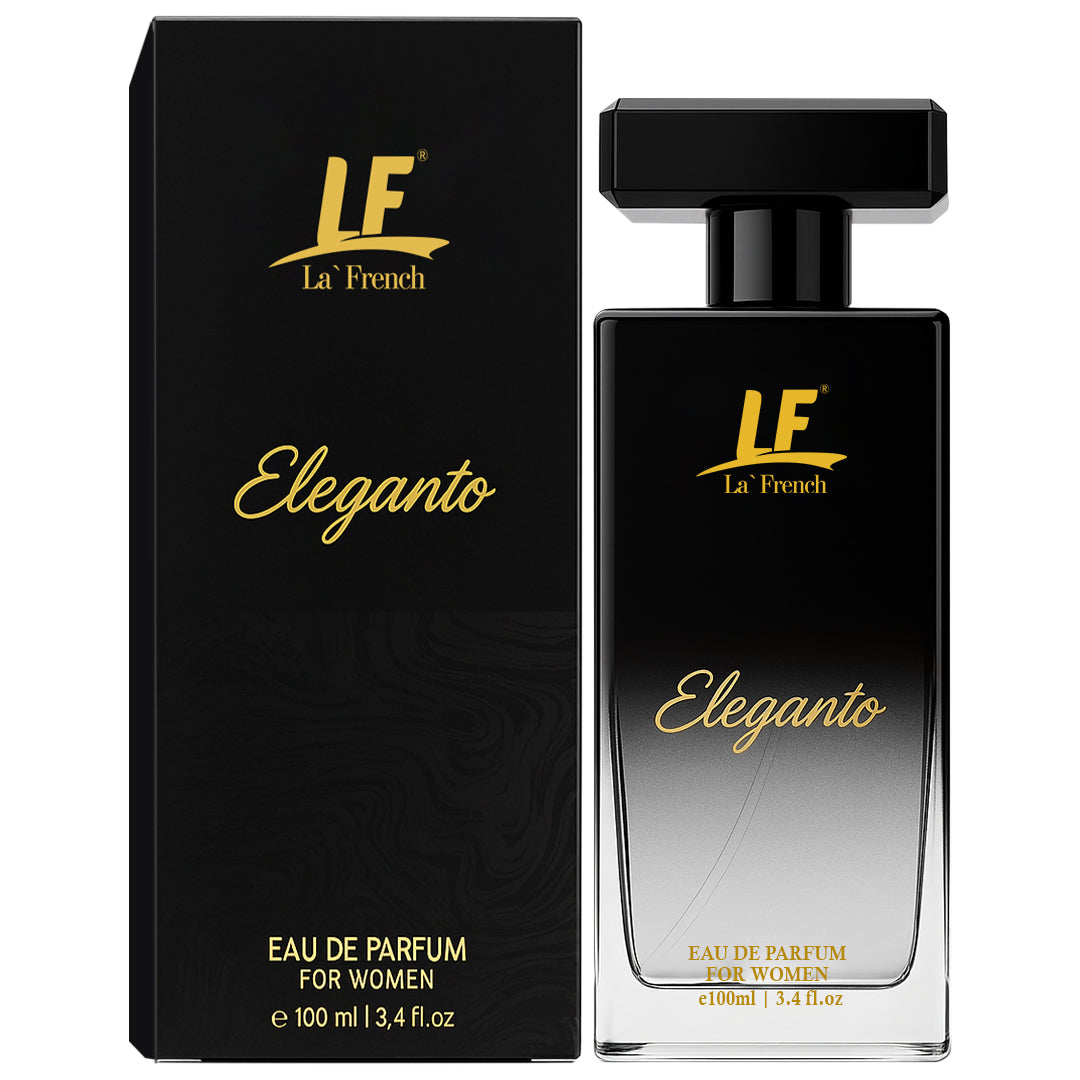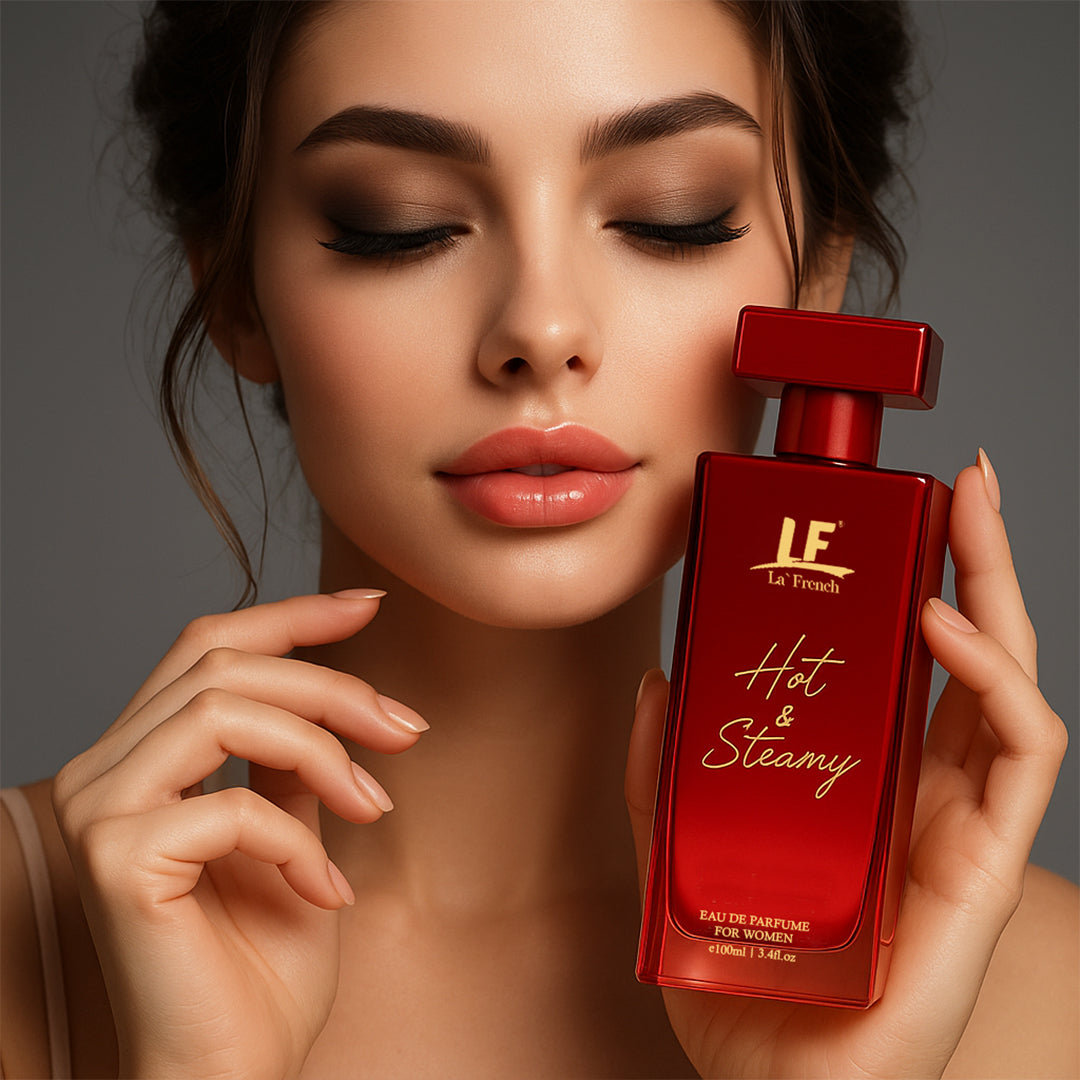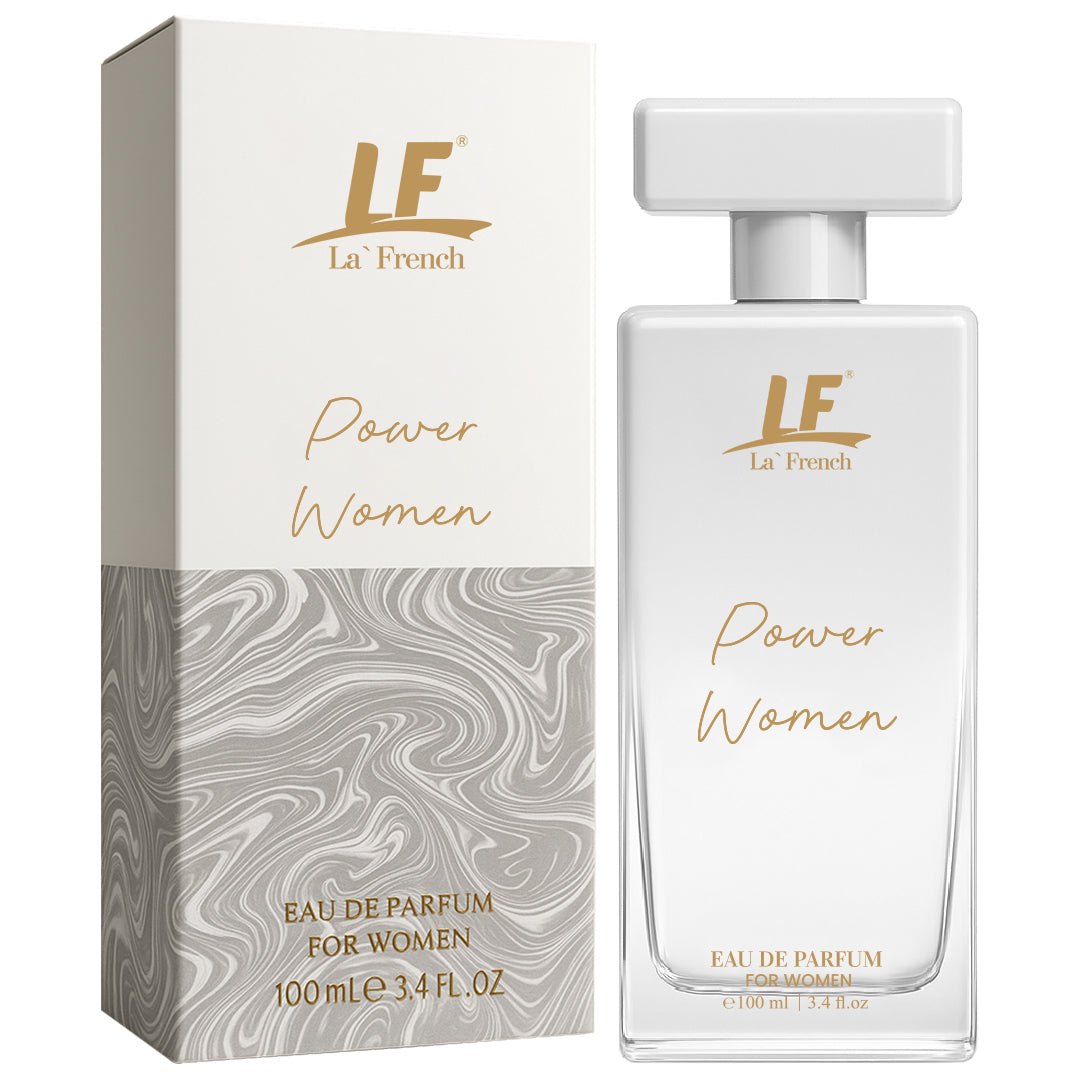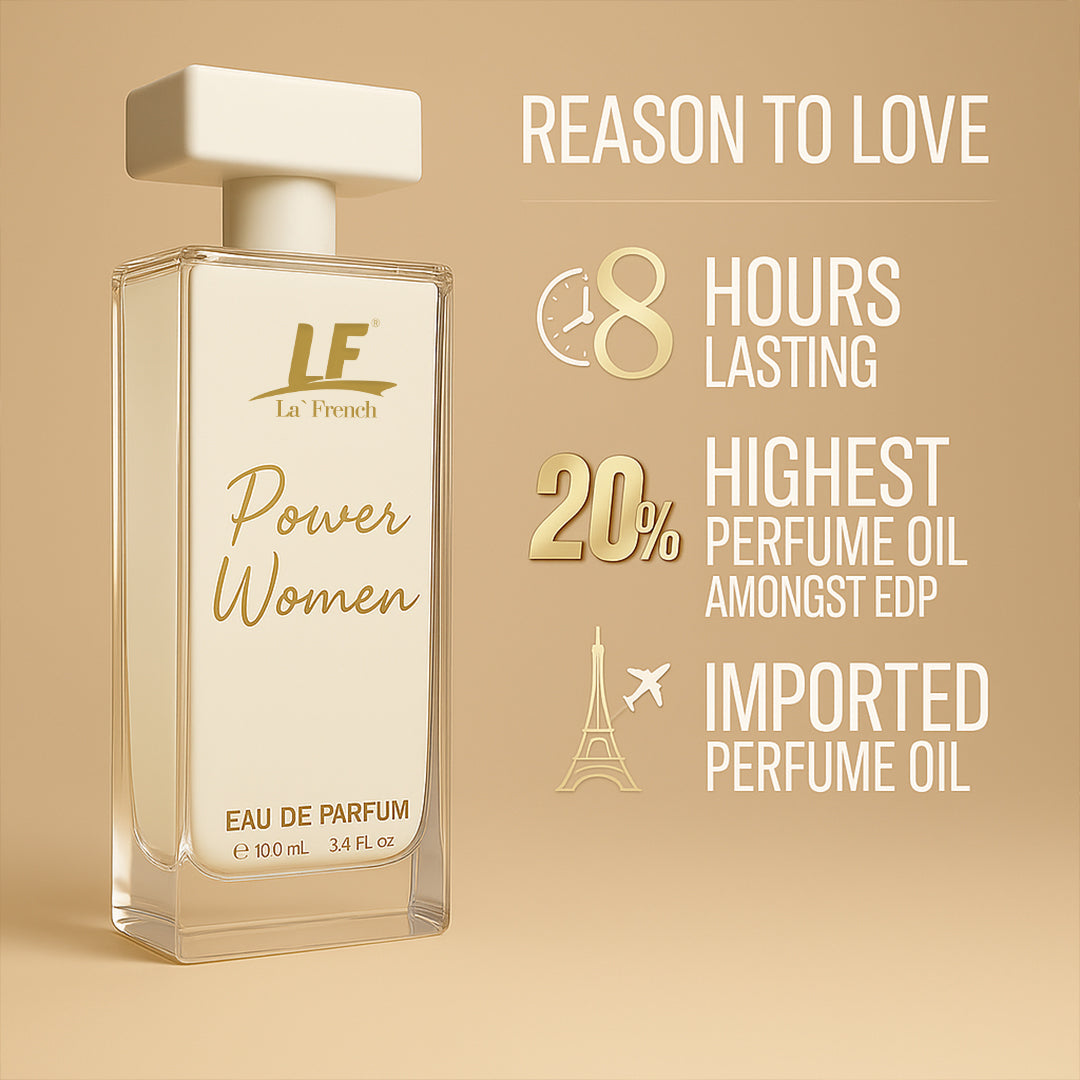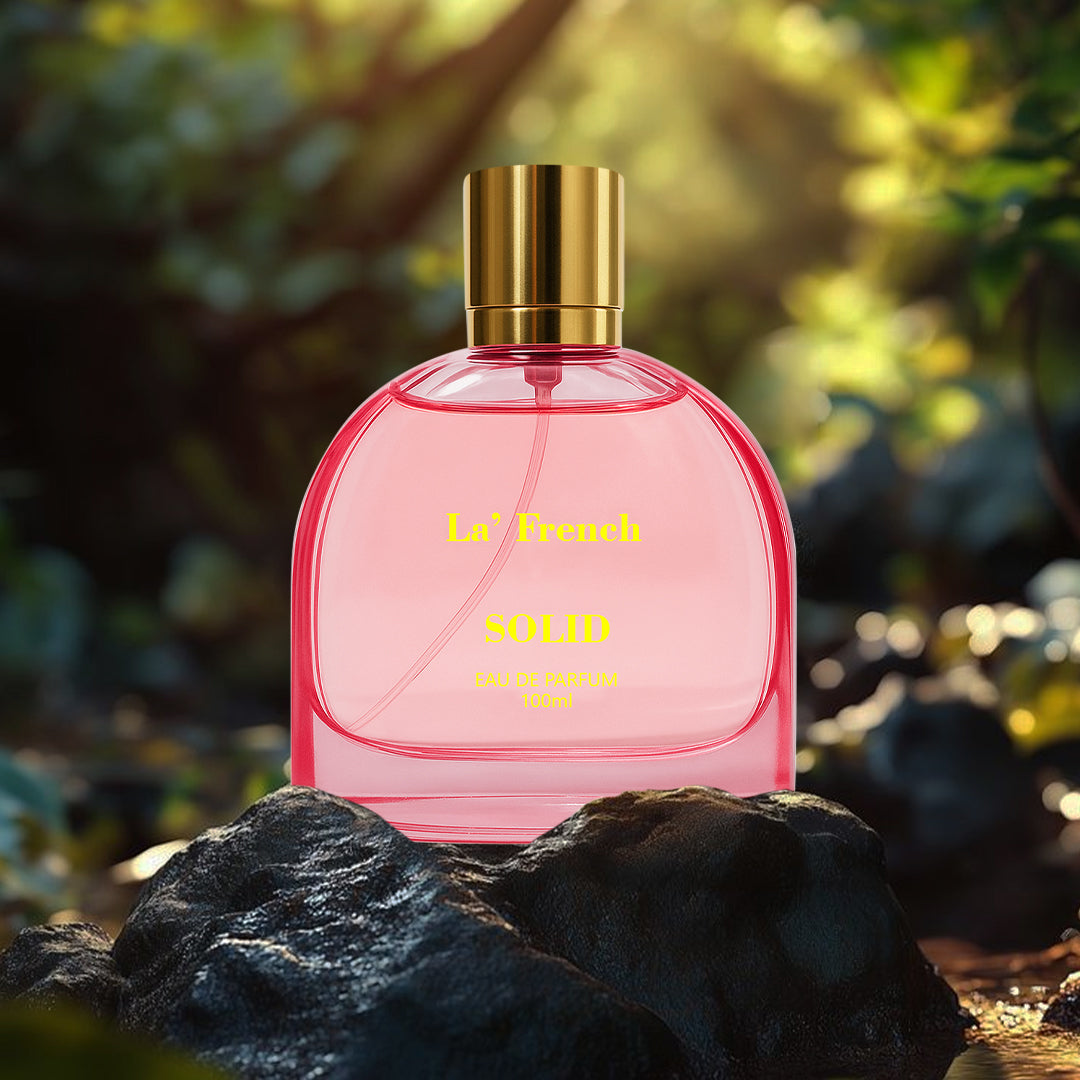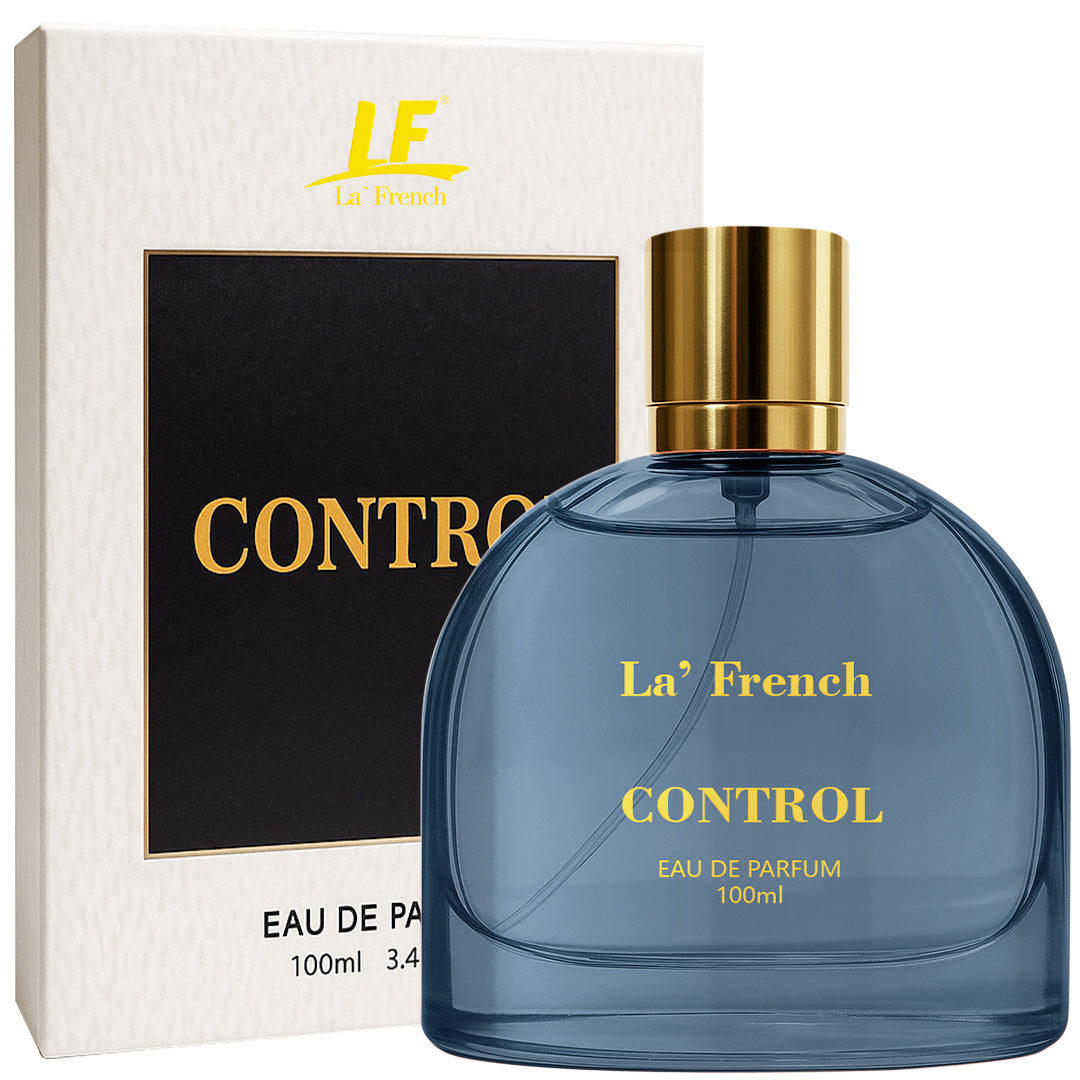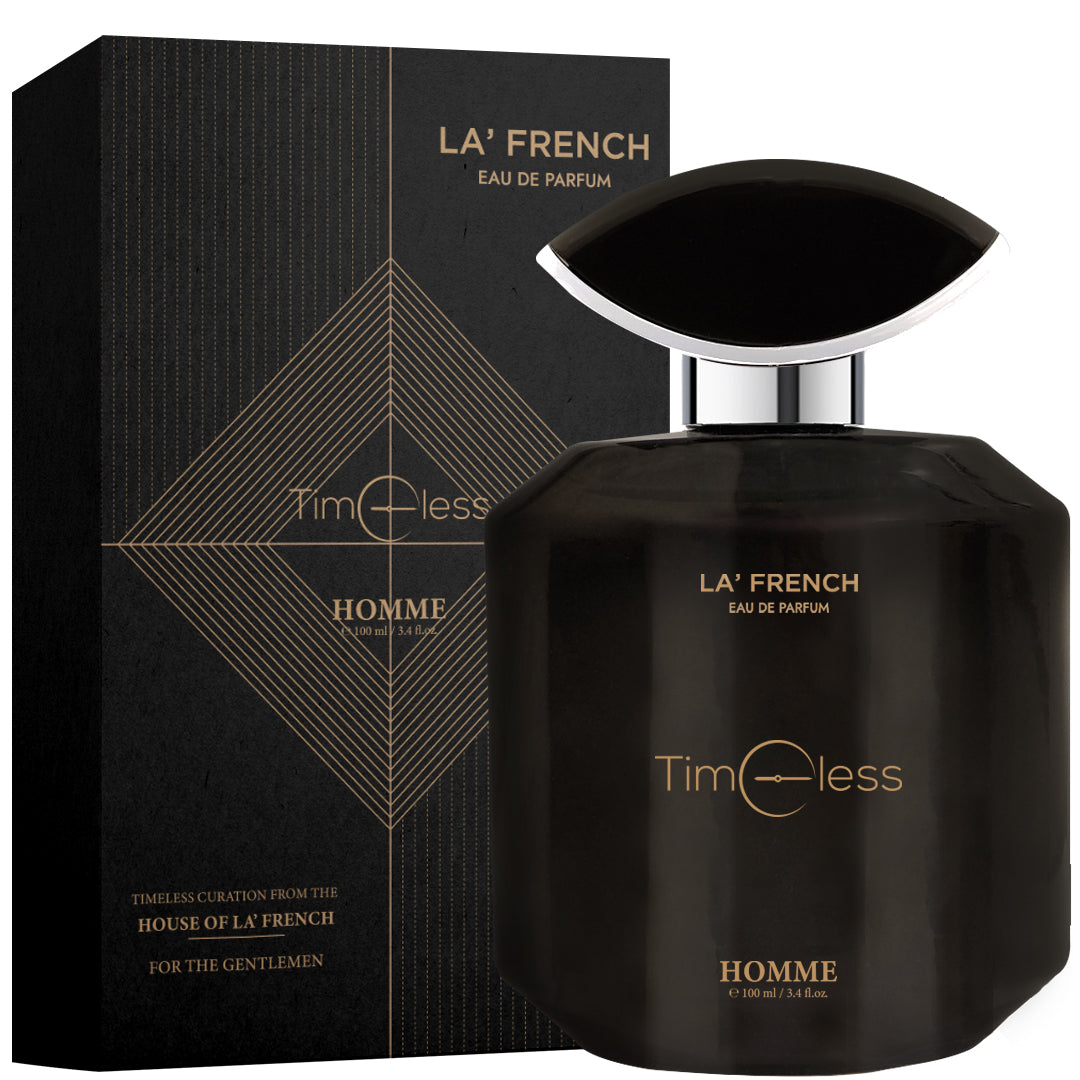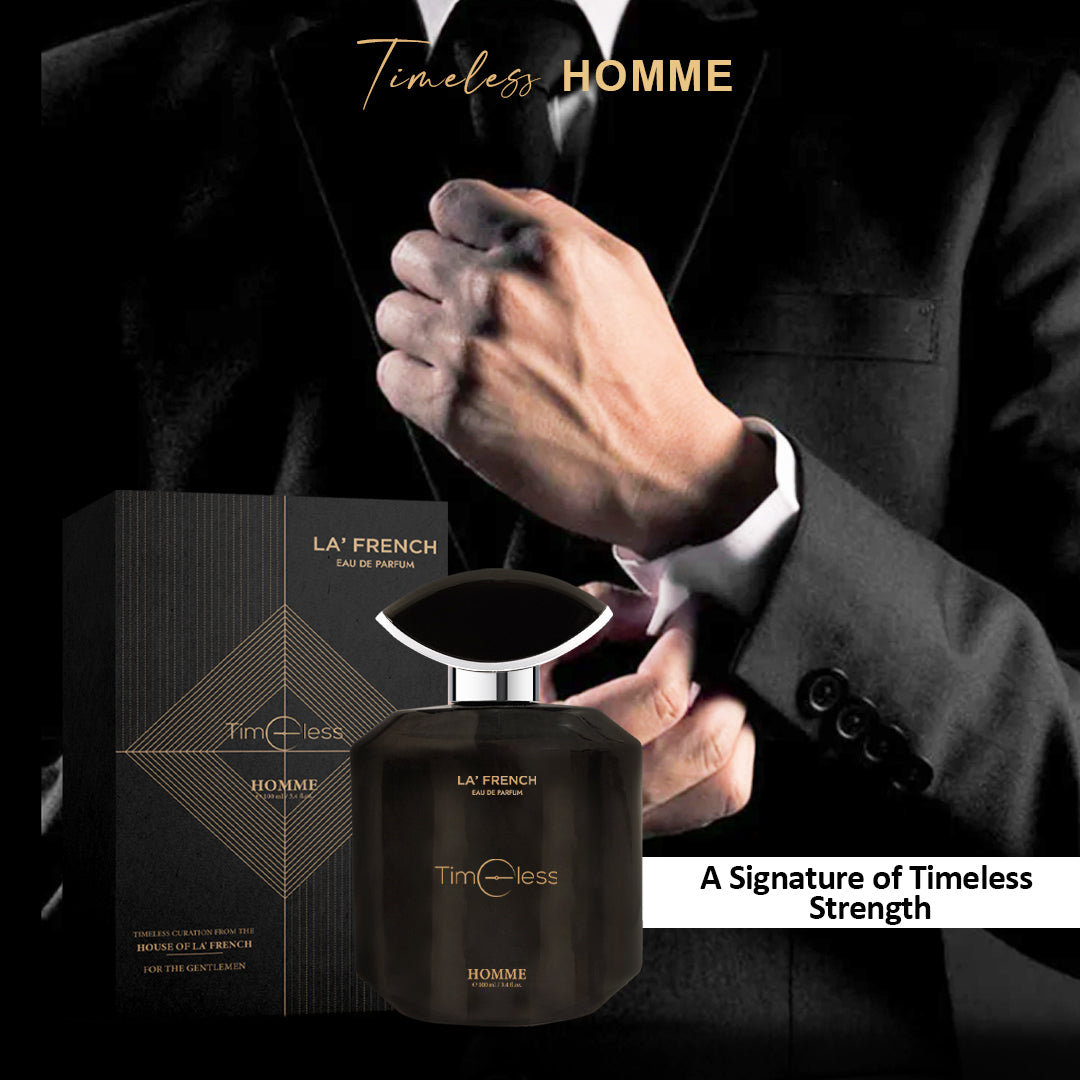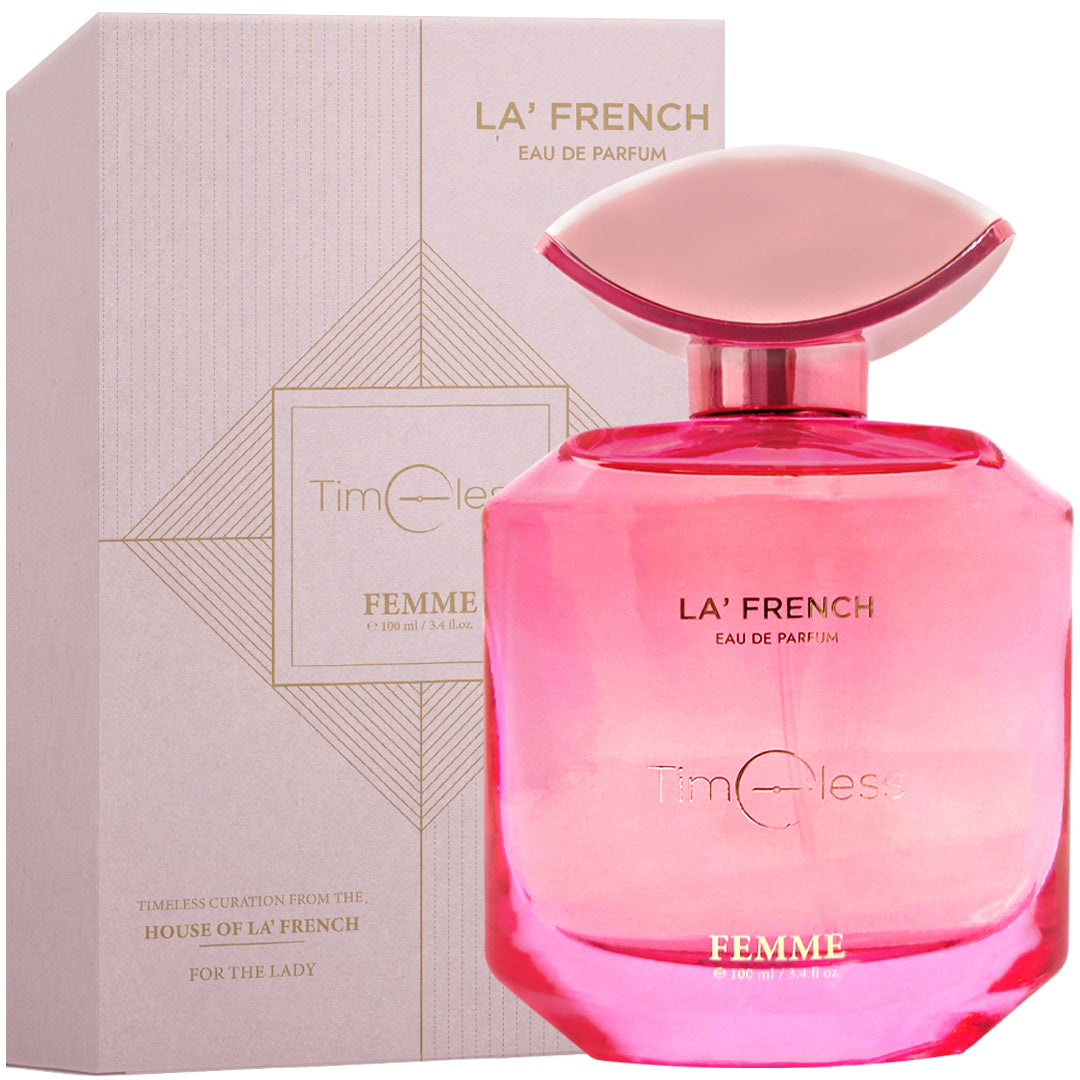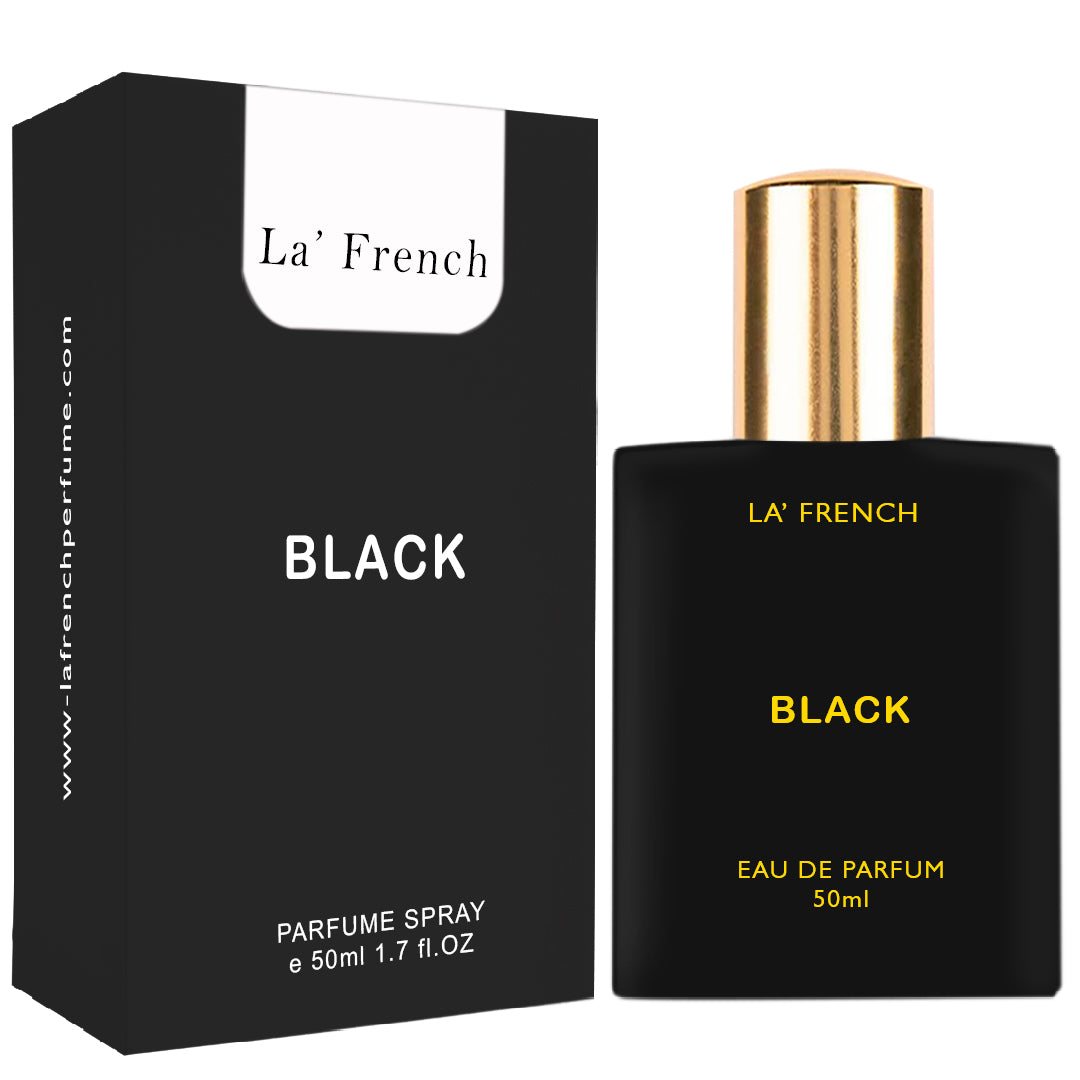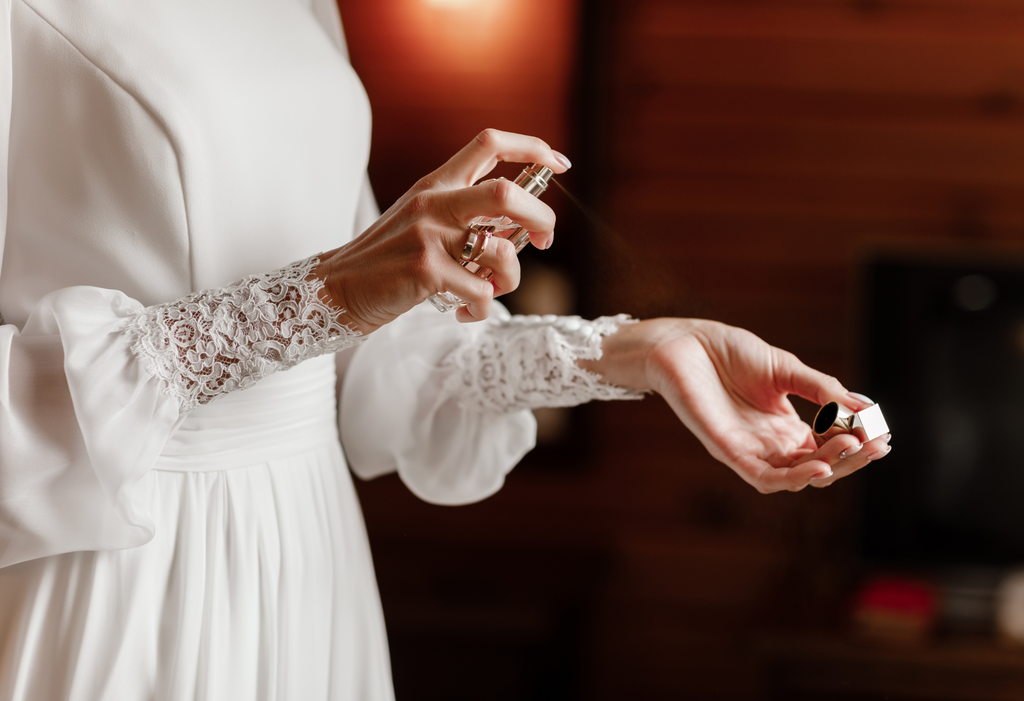
How to Layer Perfume? Make the best Combinations

Perfume is more than just a fragrance; it's a personal statement that leaves a lasting impression. The art to layer perfume is a sophisticated way to enhance and customize your scent, creating a unique olfactory experience. In this guide, we will explore the fascinating world of perfume layering, from understanding how perfumes interact with the skin to discovering the ideal places for application. We'll also delve into the benefits of perfume layering and provide practical tips for creating the best layering combinations that leave a memorable trail.
Explanation of How Perfumes Interact with Skin
Before delving into the intricacies of layering, it's essential to understand how perfumes interact with the skin. Perfumes consist of various notes—top, middle, and base—that unfold over time. The interaction between these notes and an individual's skin chemistry determines the overall scent. Factors such as body temperature, pH levels, and skin type can influence how a fragrance develops on the skin.
Top notes are the initial, fleeting scents that you smell upon application. They give way to the middle notes, which form the heart of the fragrance and last longer. Finally, the base notes emerge, providing depth and longevity to the scent. The way a perfume interacts with your skin is unique, making it essential to choose fragrances that complement your individual chemistry.
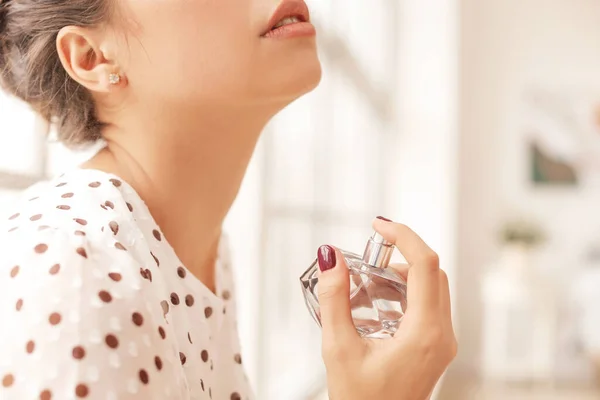
Places Suggested for Perfume Application
Strategic application of perfume enhances its longevity and impact. Consider applying perfume to:
- Pulse Points: Apply to areas with a strong pulse, such as wrists, neck, and behind the ears. The heat generated in these areas helps the fragrance evolve.
- Hair: Spraying perfume in your hair allows the scent to linger as you move. However, avoid applying directly to colored or processed hair, as some ingredients may damage it.
- Clothing: Lightly misting your clothing can create a subtle but lasting fragrance. Be cautious with delicate fabrics, as some perfumes may stain. Perfume mixing must not alter the shine of your best clothes.
- Ankles and Calves: These lower areas release fragrance gradually throughout the day, creating a subtle aura after layering perfume.
- Behind Knees: Like pulse points, the warmth behind your knees can enhance the diffusion of the fragrance.
Benefits of Perfume Layering
The practice of layering perfumes offers several advantages:
- Unique Signature Scent: Perfume mixing allows you to create a distinctive scent that reflects your personality, unlike off-the-shelf fragrances.
- Enhanced Longevity: By combining different formulations, you can extend the life of your fragrance, ensuring it lasts throughout the day.
- Adaptability: Tailor your scent to different occasions or seasons by adjusting the layers. Lighter combinations may be suitable for daytime, while richer layers can be reserved for evenings.
- Complexity and Depth: Layer perfume adds complexity to the fragrance, creating a multi-dimensional experience that evolves over time.
Tips for Creating Effective Perfume Layers While Perfume Mixing
To master the art of perfume layering, consider the following tips:
- Stick to a Theme: Choose fragrances that share a common theme or complementary notes. For example, floral and citrus scents often pair well, creating a harmonious blend.
- Mind the Intensity: Be mindful of the concentration of each perfume. Layering perfume with two intense fragrances may overwhelm the senses, so balance stronger scents with lighter ones.
- Time Your Layers: Allow each layer perfume to dry before applying the next. This prevents clashing notes and ensures a seamless transition between scents.
- Experiment and Take Notes: Perfume layering is an art, and experimentation is key. Take note of the best layering combinations that work well for you, and don't be afraid to try new pairings.
How to Layer Perfume
Now that you understand the fundamentals, here's a step-by-step guide on how to layer perfume effectively:
- Start with a Base: Begin with a scented body lotion or oil to create a foundation. This provides a subtle backdrop for the subsequent layers.
- Apply the First Fragrance: Choose a fragrance with lighter notes as your initial layer. Spray or dab it on your pulse points, ensuring even distribution to layer perfume.
- Add the Middle Layer: After the first fragrance has dried, apply a perfume with complementary middle notes. Focus on areas like the neck and wrists.
- Finish with the Base: Complete the the perfume mixing process with a perfume featuring deep, lingering base notes. Apply sparingly to avoid overwhelming the senses.
- Optional Touch-ups: Throughout the day, you can enhance your scent by reapplying the top or middle notes, especially if the base notes have faded. This is the benefit to layer perfume.


